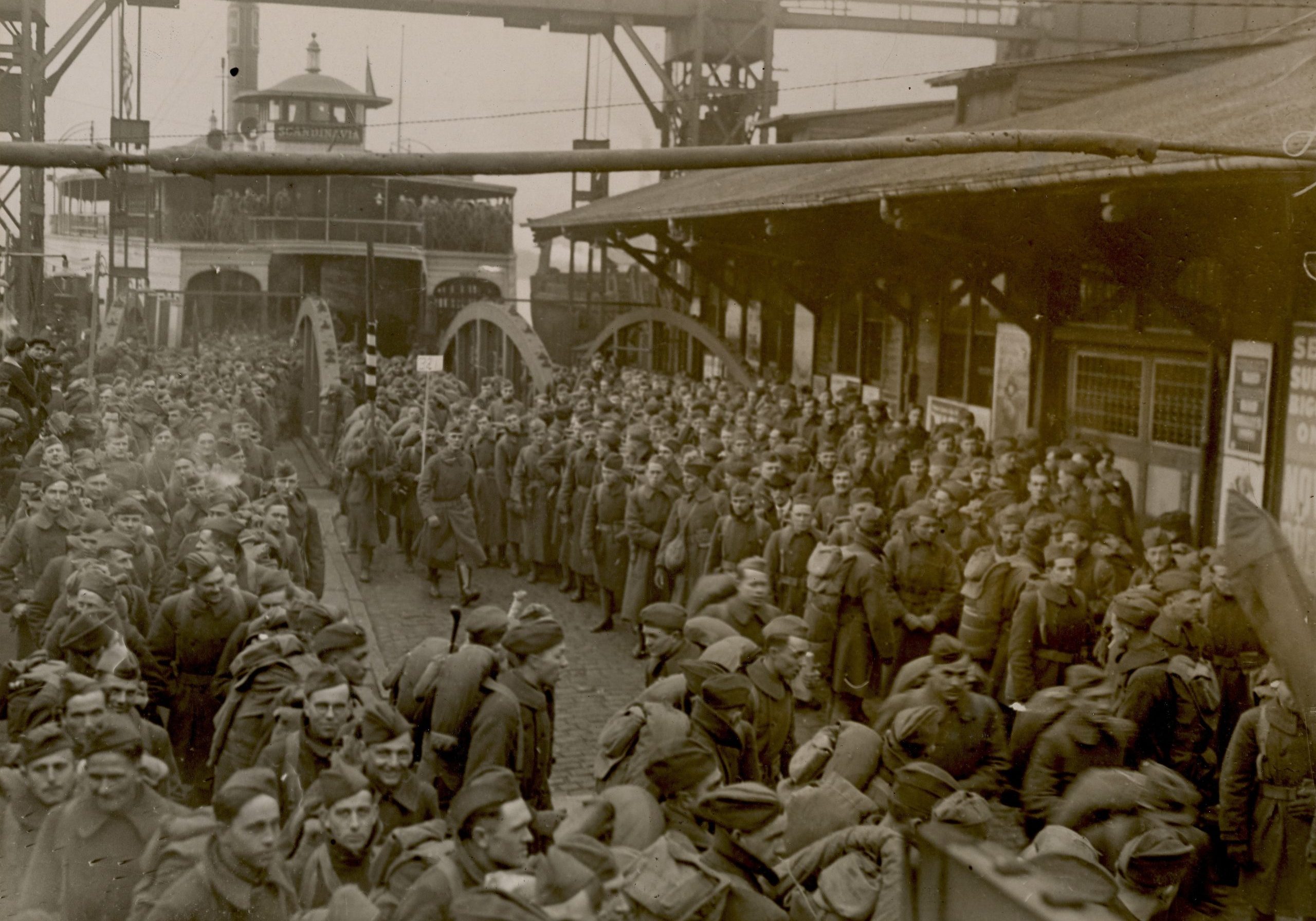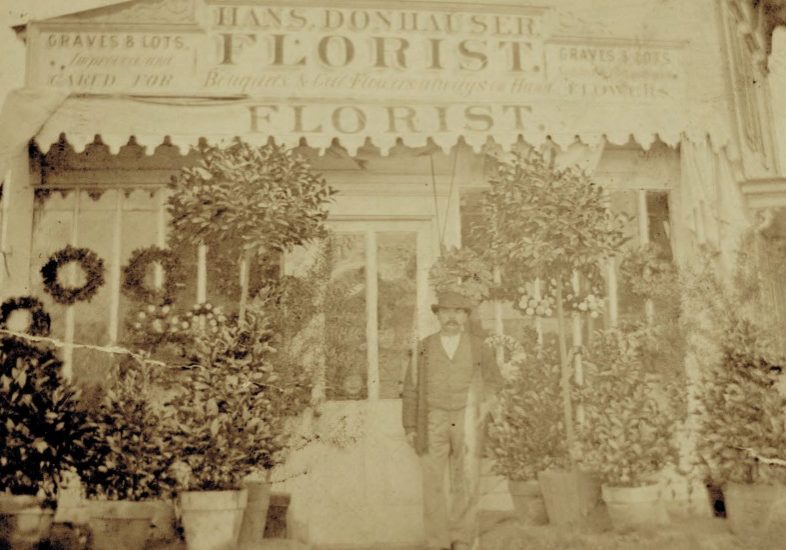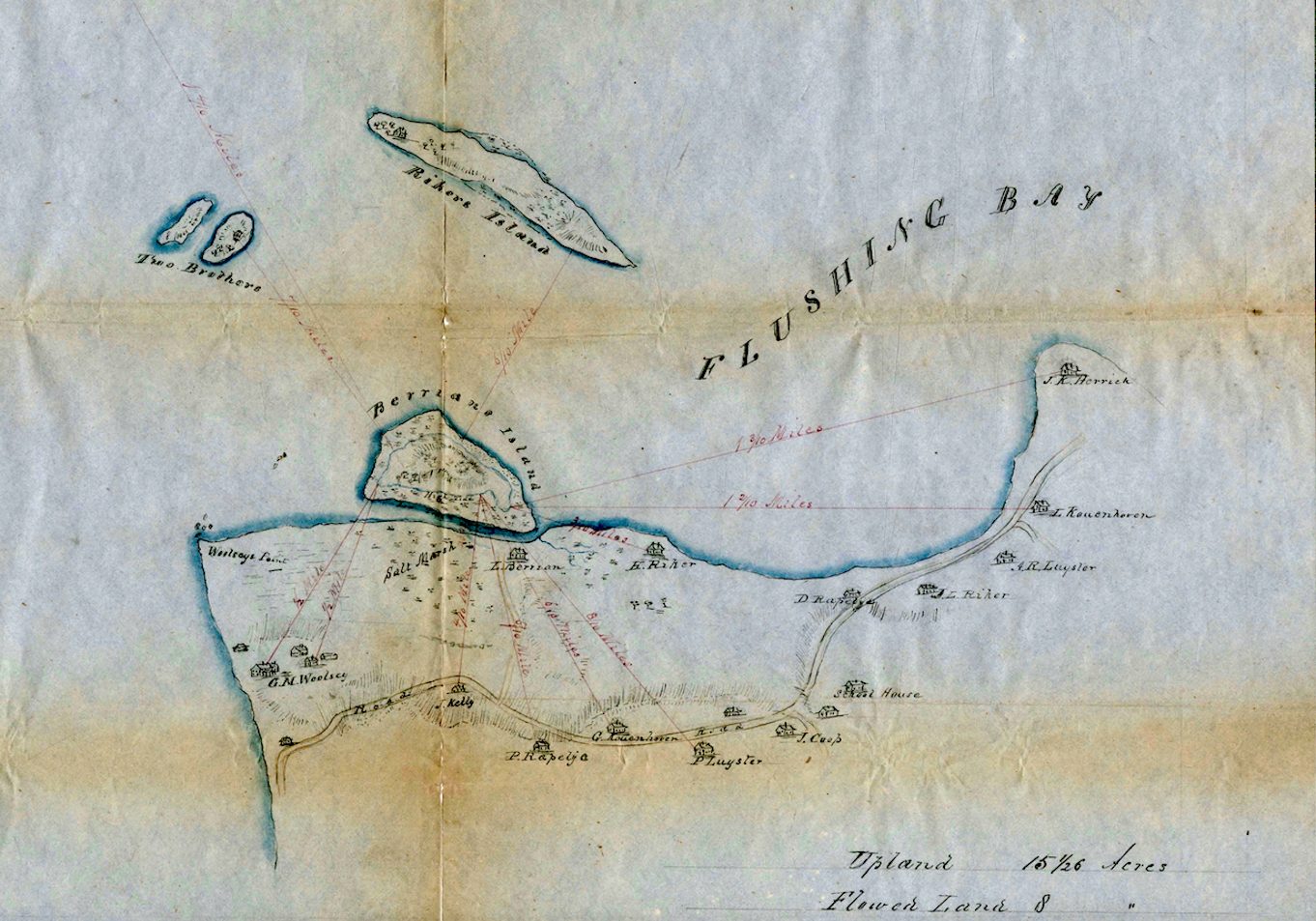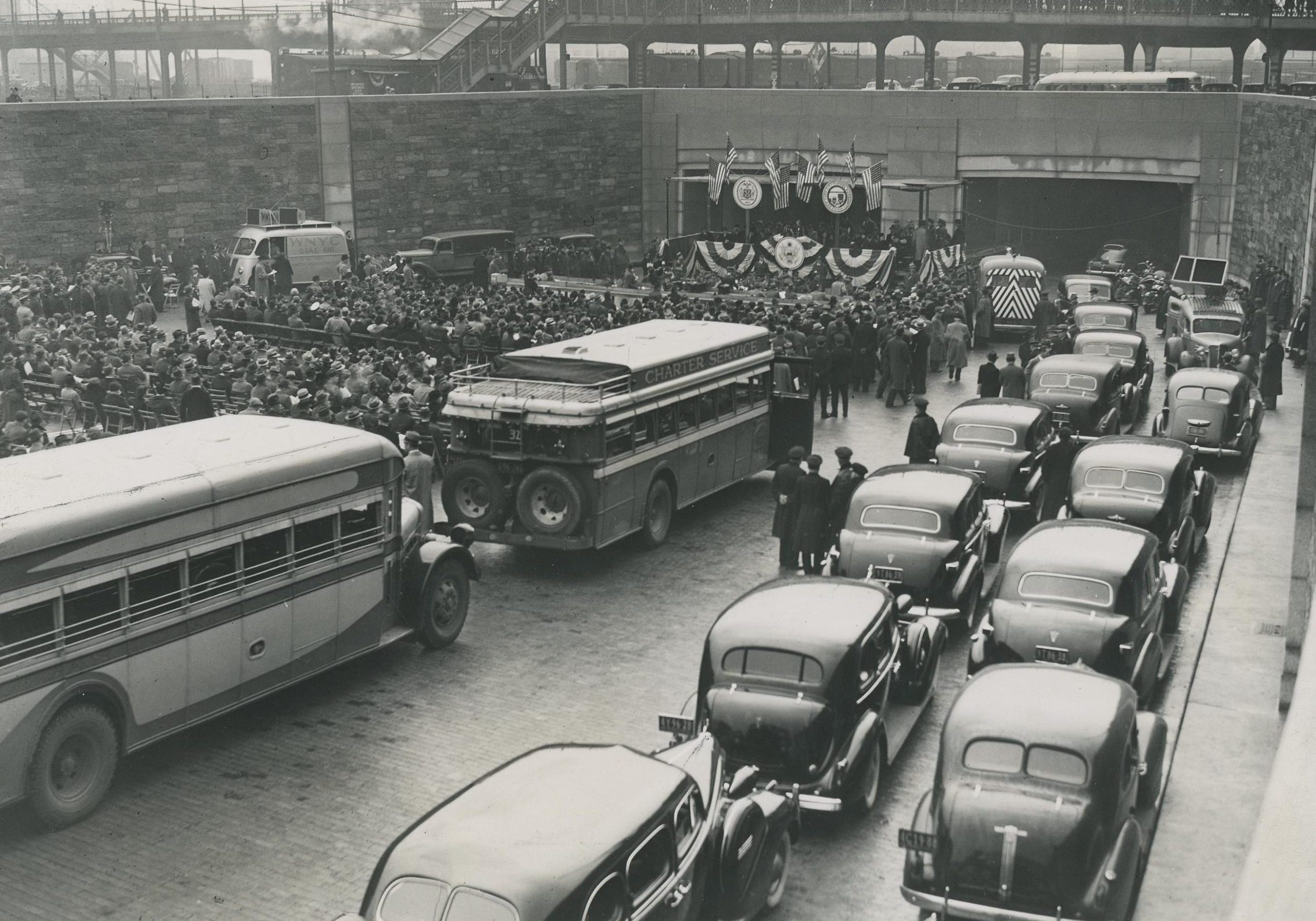Chew on This
Long Island City Was Epicenter Of Women In The Workforce
As we celebrate Women’s History month let us recognize the year 1919. It marked the time in America’s history when women were given the right to vote after the ratification of the 19th amendment on June 4th of that year. From that point on everything began to change. Social standards for women began to loosen and there was much to celebrate. New industries like cosmetics and fashion were created almost over night. Clothing styles became less restrictive. Corsets and girdles were replaced by looser and more comfortable fitting cloths. And then of course was the biggest progressive movement of the time. Women in the workforce.
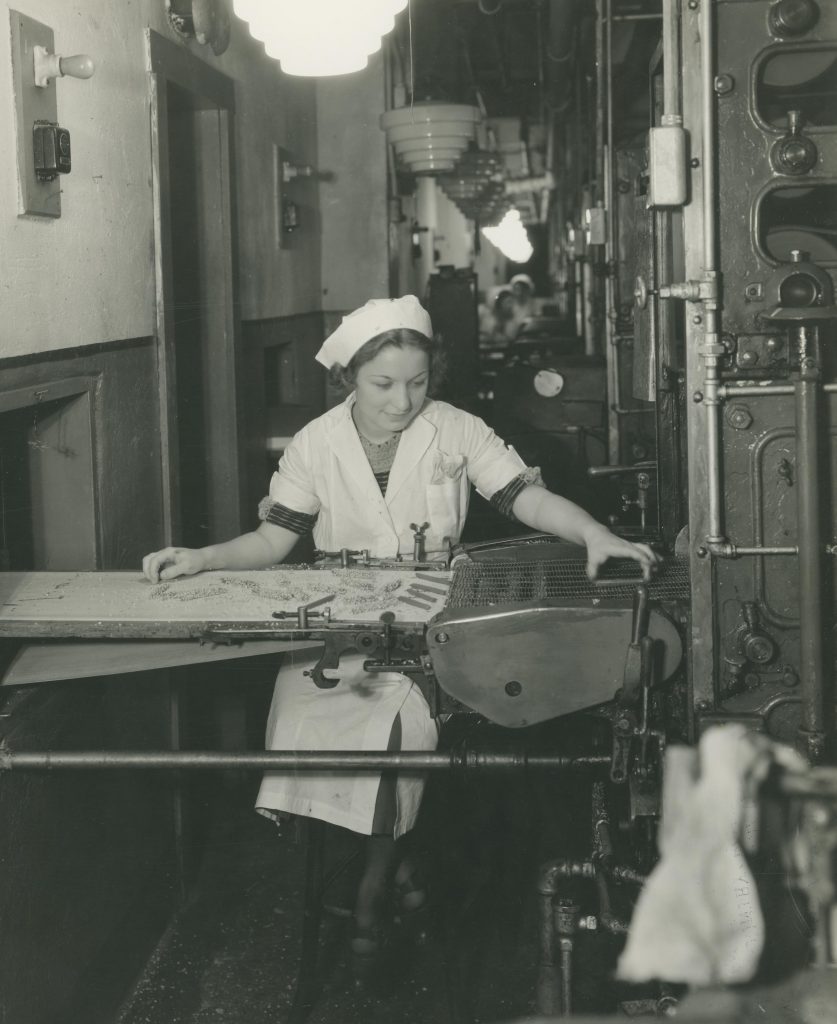
One of the hundreds of female employees of the American Chiclets Factory in Long Island City is seen here in 1923.
Women participated in all fields of labor including factory work. With the advent of the assembly line now revolutionizing manufacturing, more and more jobs became available and thus women took advantage. One of the largest employers of women in Long Island City was the American Chicle Company, which produced Chiclets chewing gum. Built in 1919, as part of the Degnon Terminal industrial park, the chicle factory received raw chicle (the substance used to make gum) via a direct railway connection. America’s favorite chewing gum was processed here by a production staff that included 1,600 employees most of who were women.
The gum material began its processing journey like so. It was delivered by rail and offloaded by both men and women laborers. It was sent to the top floor for spraying so it could remain moist for processing. Gravity conveyors then moved the gum to each floor for chewing gum production. The production was almost exclusively women. The result was one of the most popular chewing gum brands still in existence until this day.
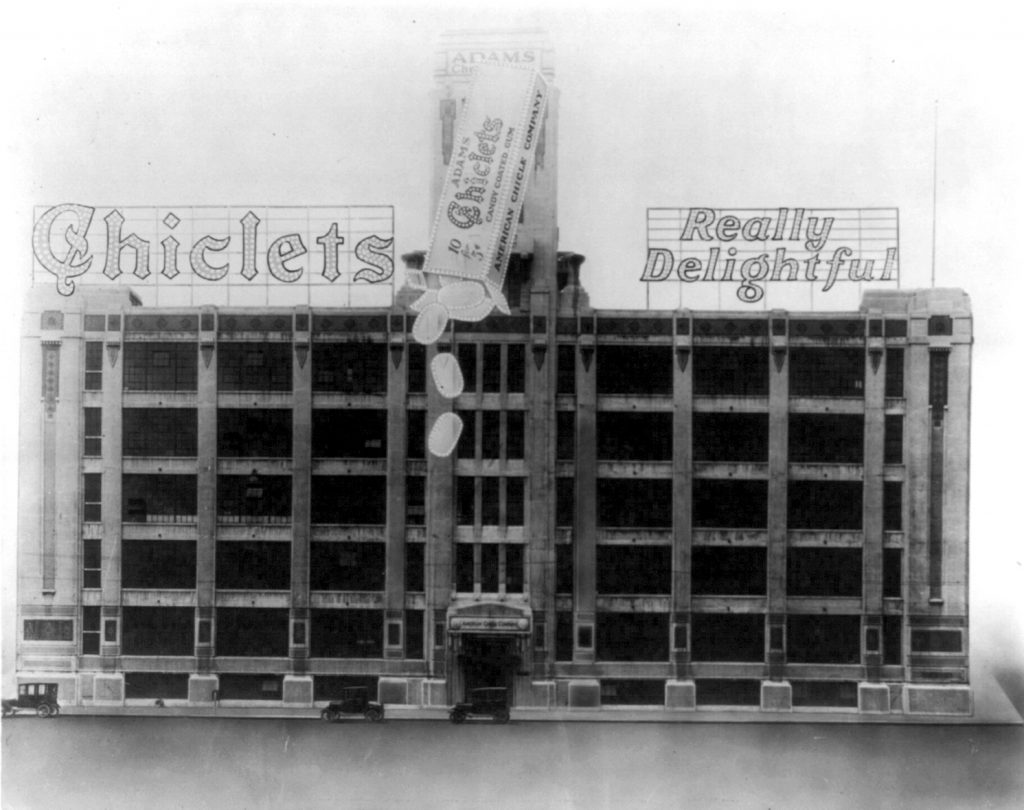
Located at 30-30 Thomson Avenue, the factory building was famous for its three large red neon rooftop signs that
once advertised “Dentyne,” “Adams Black Jack,” and “Chiclets”.
Now the headquarters of the New York City School Construction Authority, the building’s façade is dominated by a two-story central tower. Located at 30-30 Thomson Avenue, the factory building was famous for its three large red neon rooftop signs that once advertised “Dentyne,” “Adams Black Jack,” and “Chiclets” to passing commuters on the Long Island Rail Road. On November 22, 1976, an explosion killed one worker and injured more than 60 people. The factory closed its doors in 1981. According to the New York Times article about the disaster, “The aroma of spearmint filled the air and hot gum stuck to the boots of firemen battling the blaze.”
It was concluded that a stray spark might have ignited combustible dust, triggering the blast.










